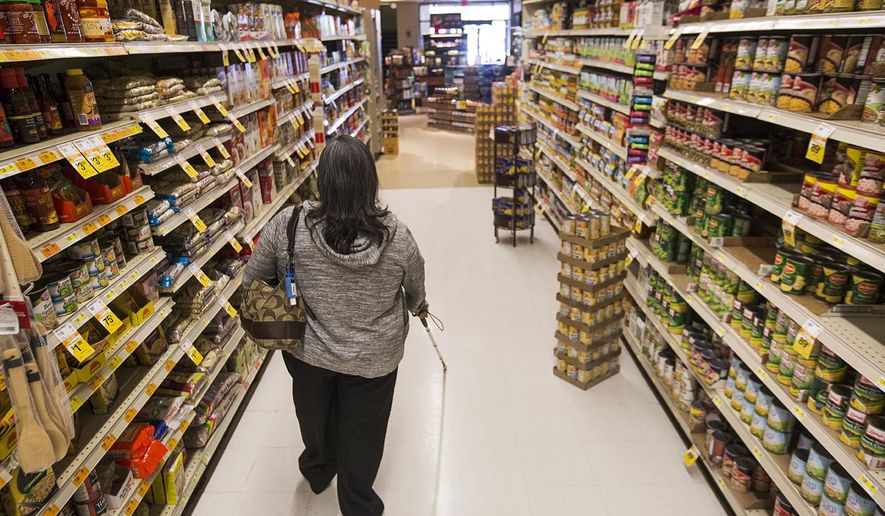OPINION:
Today it is possible that the clothes and shoes you wear, the mobile phone, computer and laptop you use, the chocolate you eat, the diamonds, gold and jewelry you wear, the coffee and tea you drink, and the food you consume have, at some point, been touched by the hands of slaves. There are more slaves in the world today than at any time in the past when it was practiced as a legal institution. Although slavery has been banned by every country in civil and constitutional law, it thrives and exists throughout the world, including Third World countries and First World countries. Slavery is not a bygone practice, it is a modern-day scourge.
Slavery is one of humankind’s oldest institutions. Slavery arose with the advent of agriculture and animal husbandry at the end of the last Ice Age, about 12,000 years ago, when a captive in war could be put to work producing more than they consumed. Over the ensuing years slavery wove itself into virtually every society, culture and civilization. And it continues today in every reach of the globe, in every country and in every continent, from India, Russia, the Middle East, to Europe and the Americas, including the United states.
According to one estimate, there are more than 40 million people in the world today that live under the crushing bonds of slavery: forced, coerced, tricked, deceived or otherwise compelled against their will to perform involuntary acts without just or any remuneration. Modern-day slavery is defined as human trafficking. Trafficking is the movement of people who have been bought or sold, or the movement of people through violence, deception or coercion from one area to another for the purpose of forced labor, slavery or slavelike practices. Its practice ranges from individuals acting on their own to organized crime. Anti-Slavery International, a human rights organization, estimates that there are 200 million people throughout the world that are victims of slavery or slavelike conditions. In terms of global criminal activity, human trafficking ranks second only to the illicit drug trade in annual dollar revenue, according to the United Nations Office on Drugs and Crime. Thus, slavery is a 21st century problem.
Around the world today slaves are used for household help, prostitution, harems, additional wives, concubines, in the military and militias, and in the food service, construction, textile and agricultural industries among others. Historically, civilians and soldiers that were captives of war or insurgencies were kept or sold as slaves. People were also kidnapped to be sold into slavery. That practice continues today in areas of conflict around the world, especially in Asia, Africa and the Middle East. Many of these are considered chattel slaves. A chattel slave is the property of the owner or master. The master has total control over the chattel slave, including the determination of life or death.
Debtor slavery or bonded labor is the most widely form of modern-day slavery and exists mostly in impoverished Third World countries. Victims are forced into servitude because of a debt burden. A person may have pledged himself or a family member as collateral for a loan. The debt and pledge of work can be passed from one generation to the next. The heirs become descendant-based slaves.
Sex slavery exists in every country of the world. Victims of sex slavery, regardless of how they are sourced or recruited, end up in a situation of sexual exploitation or prostitution. They are confined to the workplace or brothel, threatened with punishment if uncooperative, and have to repay the owner for the cost of housing and food with such high interest rates that the debt keeps mounting each year. They become debtor slaves. It is estimated that 2 million women and children are sold into sex slavery annually today. There are numerous reports of sexual slavery within the United States.
In many impoverished areas of the world, a person is offered a good-paying job by a trafficker or recruiter, or the victim responds to an advertisement in a newspaper. Once they meet the “employer,” their documents, if they have any, are confiscated and they are confined to the workplace, often locked in a room at night and sometimes chained. They are subject to physical abuse and are told that their families back home will incur reprisals if they do not cooperate. They are not paid for the work they perform.
Modern-day slavery has been labeled the fastest-growing criminal enterprise in the world. As with other criminal activities, slavery is difficult to quantify because it is part of an underground economy, takes place behind closed doors, and is hidden from investigators due to bribes and corrupt government officials.
Most modern-day slaves, particularly in the household help and sex trafficking industries, are invisible slaves. Many others are in remote areas not visible to the average person. Awareness is essential to helping to mitigate modern-day slavery. The United States Department of State tallies an annual survey of countries on how they are combating slavery and slaverylike practices. Americans should demand that their elected representatives hold other countries, as well as our own, accountable for enforcing laws against slavery and slaverylike practices. They should keep their eyes open and report any and all suspicious activity to their local, county state or federal authority.
• W. Kurt Hauser is a past chairman of the board of the Hoover Institution at Stanford University and author of “Invisible Slaves: The Victims and Perpetrators of Modern-Day Slavery” (Hoover Press, Stanford University, 2017).




Please read our comment policy before commenting.